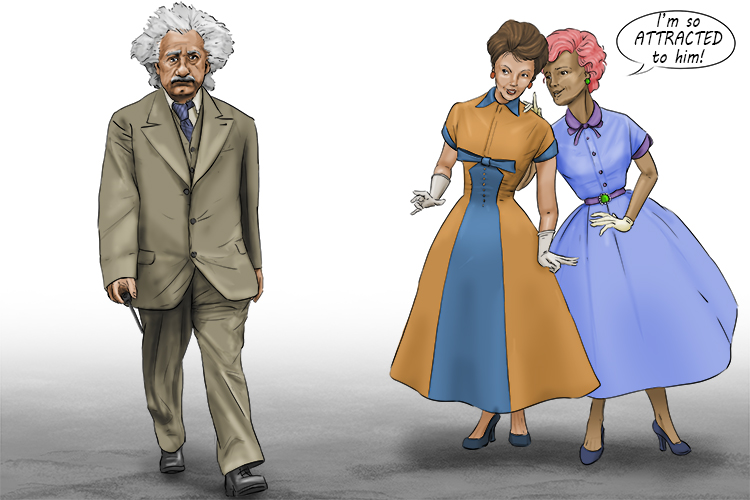Ionic bonding (2)
Ionic bonding is first presented to students as electron transfer but after the electron transfer one element is negatively charged and one is positively charged and the two elements are attracted to each other to form an ionic bond.
IONIC BONDING - ATTRACTION
Note: Covalent bonding is sharing but ionic bonding is a transfer and then an attraction.
To remember what ionic bonding is, recall the following mnemonic:

The iconic (ionic) man attracted lots of women.
to get more technical, ionic bonding is the electrostatic force of attraction between a positively charged metal and a negatively charged non-metal.
Note: The losing of electrons (and becoming a +ve charged element) and gaining of electrons (and becoming a -ve charge element) and then forming an immediate ionic bond is called a redox reaction.




